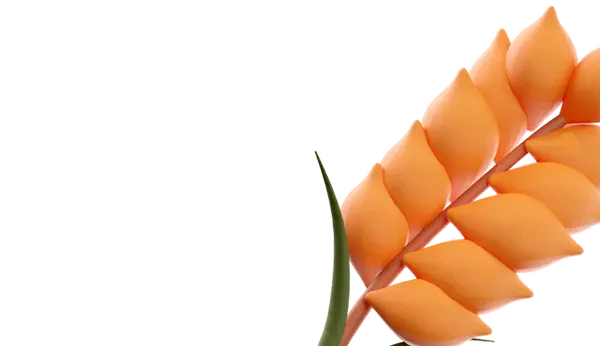According to information from the consulting firm "Growth Technologies", the volume of greenhouse vegetable crops in Russia last year in the commercial production sector, including products from farmers and individual entrepreneurs, amounted to 1.64 million tons. It is expected that this figure will increase this year to about 1.68-1.69 million tons, setting a new record. This information was revealed by the company's CEO Tamara Reshetnikova in an interview with "Agroinvestor". Earlier, the Minister of Agriculture Oksana Lut reported that this year greenhouse vegetable production in the organized sector is expected to be around 1.6 million tons.
It is important to note that large and medium-sized agricultural enterprises, including fourth and fifth generation industrial greenhouses with additional lighting and climate control, make up about 80-85% of the total vegetable production volume. "Individual entrepreneurs and farmers grow vegetables in small summer or spring greenhouses, hothouses, or tunnels, which are used only for growing early or late vegetables and greens. The first harvests in such greenhouses and hothouses are possible only at the end of April, and the last harvests occur at the beginning of October," explained the expert.
This year has been challenging for the greenhouse industry: production costs for producers, including the cost of electricity, have significantly increased. The share of electricity in the cost structure of large industrial greenhouses in winter exceeds 50%. "Electricity tariffs for greenhouse enterprises are regulated by the state. Although in the past two years companies engaged in growing products in artificial light conditions have been able to receive subsidies for electricity, in reality not all companies can take advantage of these funds due to limitations," noted Reshetnikova. Additionally, the cost of water is constantly increasing.
Another significant expense item that has increased is the labor payment fund. Over the past year, salaries for greenhouse enterprise workers have increased on average by 25-30%, and for key specialists such as engineers, technologists, and agronomists, the increase has been even higher. "Production becomes impossible without these specialists, so in addition to high salaries, they are offered other benefits and incentives, such as housing provision, compensation for relocation expenses, and trips back home," emphasized Reshetnikova. According to her assessment, labor costs rank second in the cost structure of greenhouse vegetable production, right after electricity costs.
In addition, modern greenhouses primarily use imported equipment, systems, and seeds. "Any equipment and system require constant updating and repair, as they are actively used. Therefore, costs for purchasing components always exist - it's a regular production process. And this equipment is mainly supplied from abroad, considering the current exchange rate and complicated logistics," noted Reshetnikova.
As for seeds, producers in Russia still use seeds produced abroad. "In Russia, there is only one large company - 'Gavrish', engaged in the production of greenhouse vegetable seeds. However, its capacities are not sufficient to fully meet the industry's demand for seeds. Several investors are implementing projects for the production of such seeds, but it takes time to reach full capacity, so the closed soil industry will still depend on imports for a long time," Reshetnikova believes.
According to Rosstat data, cucumber prices at retail increased by 3.8%, and tomato prices by 3.2% in October. Reshetnikova believes that such price increases for these products are a standard seasonal indicator. Overall, she considers it normal that the cost of greenhouse products in winter can be 100-150% higher than in summer, as producers' costs proportionally increase in the cold season. According to the expert's observations, prices for products in the greenhouse sector, both for consumers and for sale, are rising faster than official inflation, allowing companies to cover their costs and offer consumers throughout the year a wide range of quality vegetables, especially in the European part of Russia.















